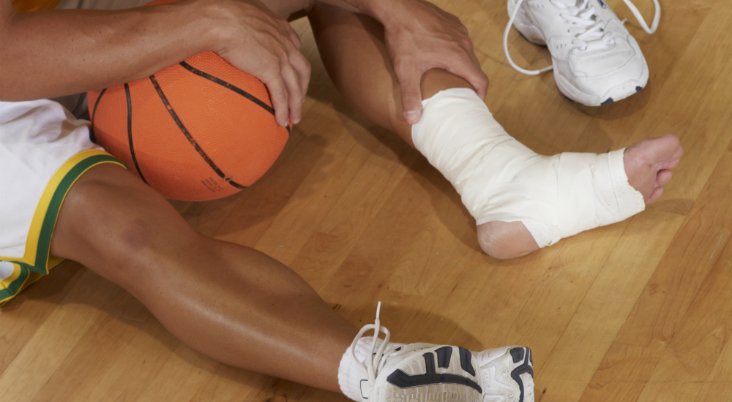
Practical guide to player safety
"YOUTH" basketball is a safe team sport. But it is a sport and injuries
can occur. Fortunately, there a some things you can do to protect the
team and protect yourself as the coach.
HAVE A PLAN
-Have a plan for the season. Write it down
-Get adequate medical
release forms and injury records. Keep them nearby during season.
-Have
an emergency plan for your gym or basketball courts. Know where emergency
phones are. Know how emergency vehicles will access building.
-Learn
emergency procedures and First Aid. Coaches should take a CPR and First
Aid courses. For a nearest Red Cross Center click here. -Always supervise
practices and games closely
-Make sure to have a properly supplied first
aid kit and inspect it regularly
-Ask parents if anyone is certified
in CPR . If yes, see if they can attend practices and games. As a minimum,
make sure there are always two adults at practice. Have a plan in advance,
which coach will leave and which one will stay.
- Discuss your plan
with coaches and parents. Inform parents of inherent risk of the sport
at your team meeting.
INJURY PREVENTION
More items to add to your prevention plan.
Emphasize proper skill
development.
Make sure players warm up, stretch and cool down sufficiently
Match players up according to their ability and size.
Water. Make sure
players stay hydrated.
Prepare (and keep) practice plans with properly
planned drills and activities.
COACH'S FIRST AID KIT
Ice (in a plastic bag)
Band-aids
Rubber gloves
Compression bandages
Antiseptic solution
Adhesive tape
Zip Lock Baggies- to secure any bloody
bandages, band aids, ....
Small towel
Scissors - large, blunt
ended Zip Lock Baggies- to secure any bloody bandages, band aids, ....
Two quarters taped to the inside for emergency phone.
INJURED PLAYER ON THE COURT
When you see a player go down on the court, the first thing you want
to do is remain calm. Next, immediately bring it to the referees attention
so they can stop the game. If no ref, call a time out.
As you approach
the injured player, observe his/her actions. If the player is flailing
all over the place, most times he or she is not seriously injured. If
the player is laying perfectly still, you might have a severe injury.
CPR and First aid training will guide you here. If it is a serious injury,
call emergency personnel and follow your emergency plan sequence from
your First Aid Class. Do not move the player. This is especially important
if they are complaining of neck or back pain. Wait for emergency medical
personnel to arrive.
If it looks do be a minor injury, the next thing
you want to do is calm down the injured player. A good way to do this
is to ask the player to relax and breathe "in" through their nose and
"out" through the mouth. Repeat several times. Most youth players will
concentrate so much on the breathing and will forgot about the injury.
If you think the player can stand ,ask him/her if they can stand up.
If the player stands and appears to be fine, send them to go get a drink
from the bench and observe how they walk. To be safe, give the player
a break and get a substitute for them.
If the the player cannot put
any pressure on your hand because it hurts their knee or ankle
ASSUME
THE INJURY IS SEVERE.
Immobilize the player which is avoiding any movement
that causes pain.
Next perform the RICE method of injury care
Rest: Stay off of the injured area as much as possible.
Ice Therapy: apply
ice packs to the injury. 10 to 20-minute intervals for 24 to 48 hours.
Compression: use a firm wrap or bandage (not too tight) around the injury.
Elevation: Raise the injured leg or arm to reduce swelling.
If the pain
does not resolve itself after 1 to 2 weeks, see a physician. In the
case of severe pain or swelling that does not recede within a few days,
see a physician immediately.


